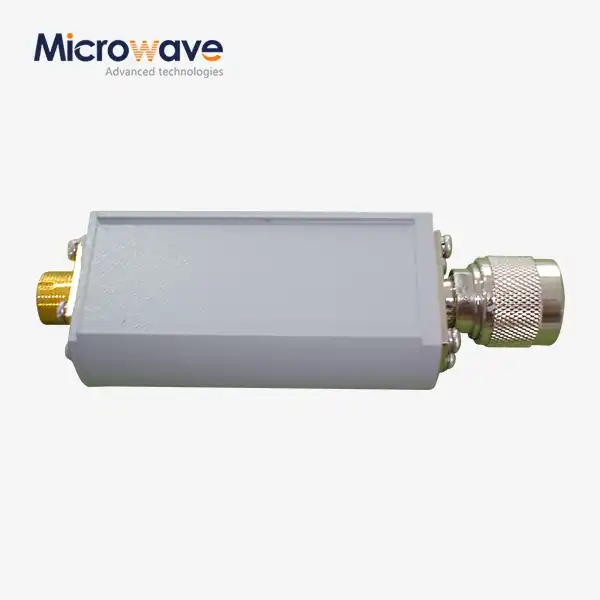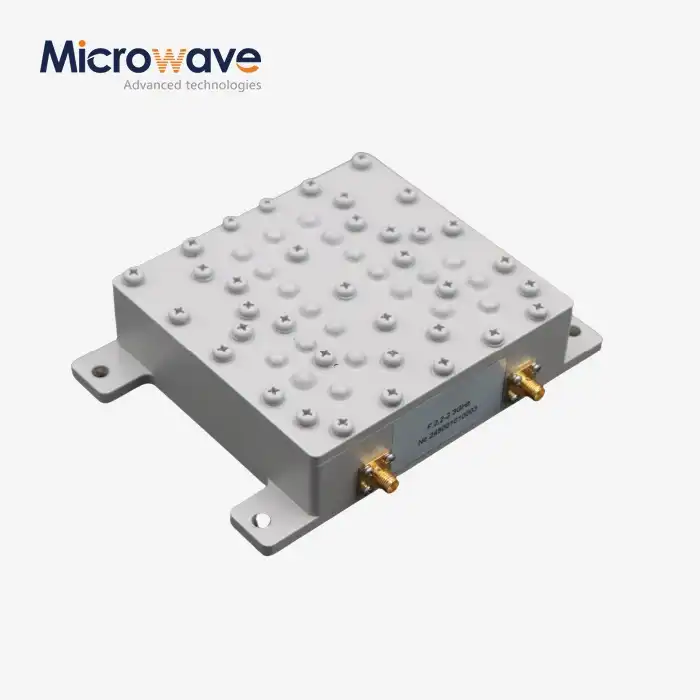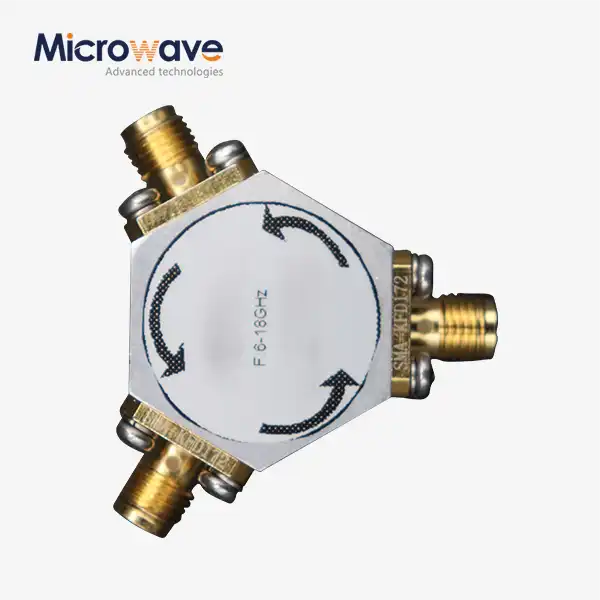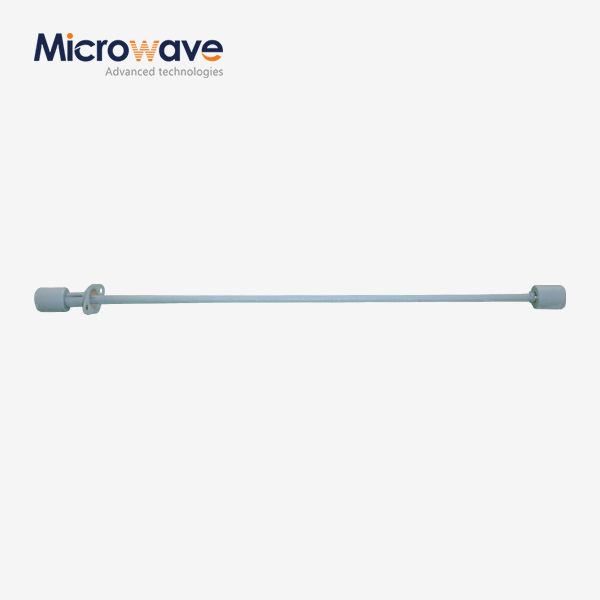The Advantages and Disadvantages of Using Coaxial Loads
In the realm of radio frequency (RF) and microwave systems, coaxial loads represent critical components that significantly impact overall system performance. Coaxial loads, also known as RF terminations or dummy loads, are designed to absorb and dissipate unwanted RF energy while maintaining proper impedance matching within the system. As technologies advance and applications diversify, understanding both the benefits and limitations of these components becomes increasingly important for engineers and system designers. This comprehensive analysis explores the multifaceted advantages and disadvantages of incorporating coaxial loads in various RF applications, providing valuable insights for professionals seeking optimal system performance.
Fundamental Principles and Performance Considerations
Design Engineering and Efficiency Factors
The engineering principles behind coaxial load design significantly influence their performance capabilities across various applications. Advanced Microwave Technologies' CL series exemplifies how modern coaxial load design achieves remarkable efficiency in RF energy absorption. These components utilize specialized materials and precision manufacturing techniques to effectively convert RF energy into heat, which is then safely dissipated. The thermal management systems incorporated into high-quality products allow them to handle substantial power levels—up to 500 Watts in Advanced Microwave's offerings—without compromising performance. This power handling capability makes coaxial loads indispensable in high-power transmission systems where excess energy must be reliably absorbed to protect sensitive equipment. The efficiency of a coaxial load is typically measured by its Voltage Standing Wave Ratio (VSWR), with Advanced Microwave's products maintaining a VSWR below 1.2:1 across their operational frequency range. This low VSWR ensures minimal signal reflection, optimizing system efficiency by preventing power loss and signal degradation. Engineers implementing these coaxial loads benefit from the peace of mind that comes with knowing their systems are protected by components engineered to provide consistent performance even under challenging operational conditions.
Frequency Range Considerations and Limitations
When evaluating coaxial loads for specific applications, frequency range compatibility represents one of the most critical considerations. Advanced Microwave's coaxial loads are engineered to operate across an impressive spectrum from DC to 110 GHz, addressing needs from basic communications equipment to cutting-edge aerospace applications. However, this broad frequency coverage comes with important caveats that system designers must consider. As operational frequencies increase, particularly above 40 GHz, maintaining ideal impedance matching becomes progressively more challenging. Even minor manufacturing variations or connector interface issues can significantly impact performance at these extreme frequencies. System designers must carefully evaluate whether a particular coaxial load will maintain its specified VSWR across their entire frequency range of interest. Additionally, while Advanced Microwave's products utilize premium materials and precision engineering to maintain consistent performance across their rated frequency range, environmental factors can introduce unexpected variations. Temperature fluctuations, for instance, can alter the electrical properties of the resistive elements within coaxial loads, potentially shifting their impedance characteristics. This consideration becomes particularly relevant in applications where systems may experience extreme temperature conditions, such as in aerospace deployments operating from -55°C to +125°C. Understanding these frequency-dependent limitations enables engineers to select appropriate coaxial loads that will deliver reliable performance within their specific operational parameters.
Environmental Durability and Material Considerations
The physical construction and materials used in products significantly influence their durability and long-term reliability, particularly in challenging environmental conditions. Advanced Microwave Technologies prioritizes environmental resilience in their coaxial load design, utilizing RoHS-compliant materials that withstand demanding operational environments. The CL series features robust metal housings that provide excellent mechanical protection while facilitating effective heat dissipation—a critical factor in maintaining performance stability during continuous operation. These housings shield the internal resistive elements from environmental stressors like humidity, dust, and mechanical vibration that could otherwise compromise performance. The company's attention to thermal management engineering ensures their coaxial loads maintain consistent electrical characteristics even when operating near their maximum rated power. While high-quality coaxial loads offer excellent durability, system designers should remain aware of potential environmental limitations. Extreme humidity environments may eventually affect the electrical properties of even well-designed loads, particularly at connection points. Similarly, prolonged exposure to corrosive atmospheres presents challenges for any electronic component. Advanced Microwave addresses these concerns through comprehensive quality control procedures, materials selection, and protective finishes that enhance environmental resistance. By understanding both the durability advantages and potential environmental limitations of coaxial loads, engineers can make informed decisions regarding maintenance schedules and installation environments to maximize component lifespan and system reliability.
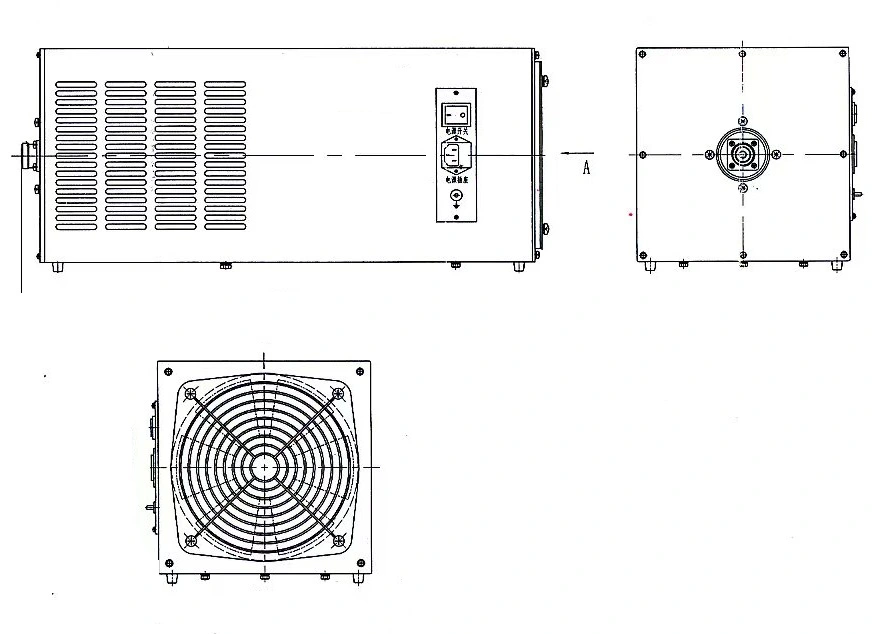
Application Advantages and System Benefits
Enhanced System Protection and Reliability
Implementing high-quality coaxial loads significantly enhances protection for sensitive RF and microwave systems, representing one of their most valuable advantages. Advanced Microwave's products are specifically engineered to safely absorb excess RF energy that might otherwise damage costly system components. In high-power transmission systems, these loads function as essential safeguards by providing controlled termination points that prevent power reflection, which can create standing waves capable of damaging amplifiers, transmitters, and other sensitive equipment. This protective capability is particularly crucial during system testing and commissioning phases when unexpected load mismatches or operational errors could occur. The reliability benefits extend beyond mere component protection, enhancing overall system stability and performance consistency. By maintaining proper impedance matching throughout the signal chain, coaxial loads ensure optimal power transfer while minimizing signal reflections that could introduce noise or distortion. Advanced Microwave's CL series achieves this through precision engineering that maintains a consistent 50 Ω impedance—the industry standard—across their operational frequency range. This impedance matching is critical for applications requiring high signal integrity, such as in test and measurement equipment or defense communication systems where data accuracy is paramount. Additionally, the thermal stability engineered into these coaxial loads ensures they maintain their specified electrical characteristics even under continuous operation at high power levels, further contributing to system reliability by eliminating potential points of failure or performance degradation over time.
Versatility Across Multiple Industries and Applications
The adaptability of coaxial loads across diverse industries represents a significant advantage for system designers and RF engineers. Advanced Microwave Technologies' coaxial loads demonstrate remarkable versatility, serving critical functions across communications, defense, aerospace, broadcasting, and research applications. In communications infrastructure, these components play vital roles in network equipment testing, antenna systems, and base station installations. Their ability to absorb excess power while maintaining precise impedance matching makes them indispensable for ensuring signal integrity in high-bandwidth communications. Defense applications benefit from the reliability of Advanced Microwave's coaxial loads in radar systems, electronic warfare equipment, and tactical communications where performance consistency under challenging conditions is non-negotiable. The aerospace industry relies on these components for satellite communications systems where weight, durability, and performance stability across extreme temperature variations are critical requirements. Advanced Microwave addresses these needs through their comprehensive connector options—including SMA, N-Type, TNC, and 2.92mm varieties—enabling integration with virtually any system architecture. This connector versatility significantly enhances the adaptability of their coaxial loads across different application environments. Furthermore, the company's willingness to provide customized solutions through their OEM services—including modifications to power ratings, frequency ranges, and physical dimensions—extends this versatility even further. System designers can obtain coaxial loads precisely tailored to their unique requirements rather than compromising with standard off-the-shelf components. This combination of standardized options and customization capabilities makes Advanced Microwave's coaxial loads extremely versatile tools for RF engineers working across diverse applications and industries.
Testing Efficiency and Measurement Accuracy
Coaxial loads deliver substantial advantages in testing environments, where they enable more efficient and accurate measurements of RF system performance. Advanced Microwave's products serve as reliable reference standards in laboratory settings, providing known and stable termination points that facilitate precise system characterization. When conducting power measurements, insertion loss testing, or amplifier linearity assessments, these loads ensure that engineers can obtain consistent and repeatable results—a fundamental requirement for meaningful performance evaluation. The precision engineering behind Advanced Microwave's products, featuring VSWR ratings below 1.2:1, minimizes measurement uncertainties that could otherwise obscure test results. This accuracy is particularly valuable when characterizing high-frequency systems operating above 40 GHz, where even minor impedance mismatches can significantly impact performance metrics. In production testing environments, where throughput and consistency are paramount, these coaxial loads enable standardized test procedures that can be reliably repeated across multiple units. Their thermal stability ensures that measurement results remain consistent even during extended test sequences that might cause temperature fluctuations in lesser components. Beyond basic functionality testing, Advanced Microwave's coaxial loads also facilitate more sophisticated analyses such as intermodulation distortion measurement and phase noise evaluation. These advanced testing capabilities are essential for researchers and engineers developing next-generation communication technologies with increasingly stringent performance requirements. The ability to conduct comprehensive performance verification with high accuracy contributes significantly to reduced development cycles and more reliable end products. By providing stable, well-defined reference conditions, coaxial loads substantially enhance the efficiency and accuracy of RF measurement processes across research, development, and production testing applications.
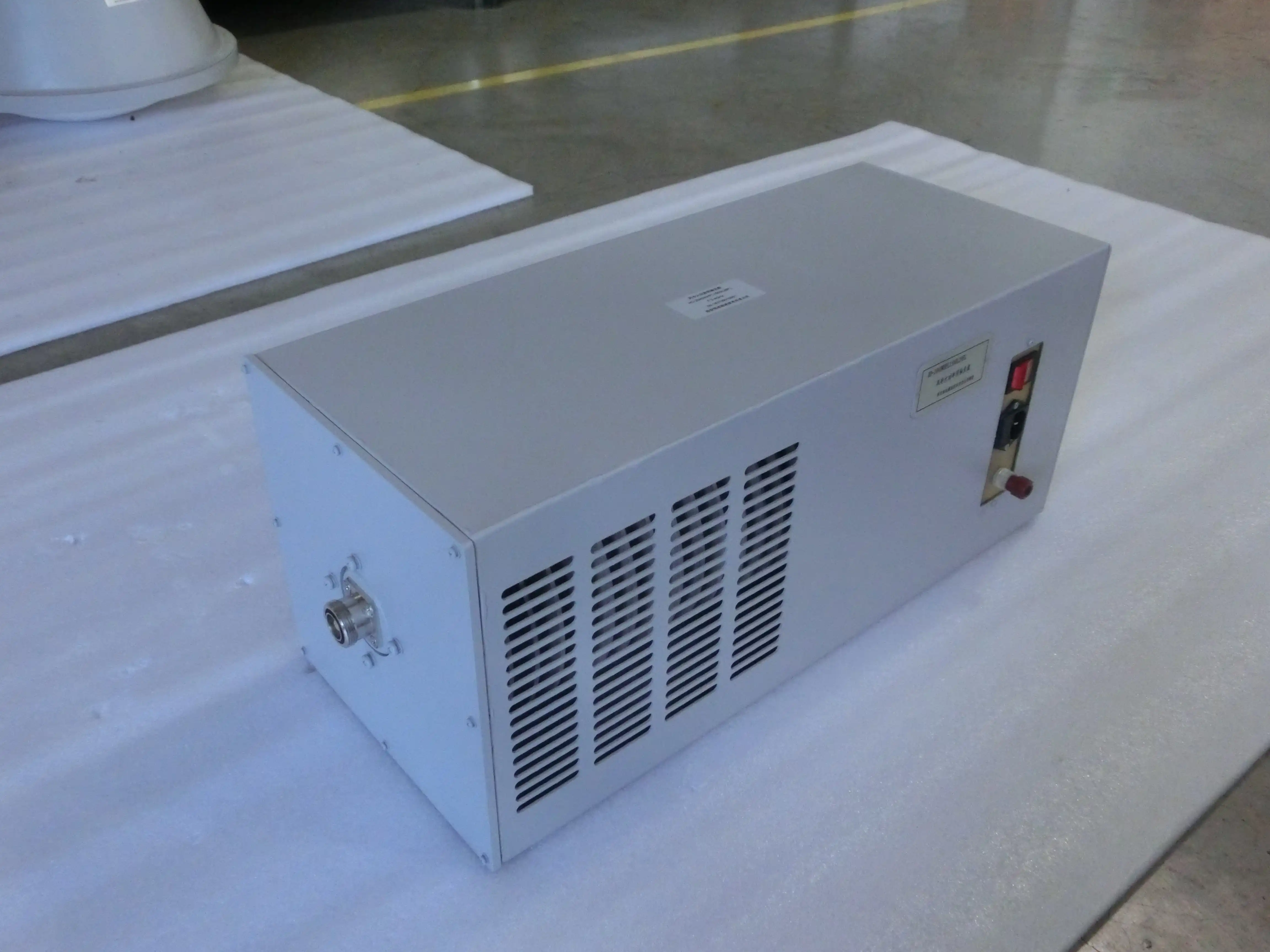
Implementation Challenges and Considerations
Cost-Benefit Analysis and Budget Constraints
When implementing coaxial loads in RF systems, organizations must carefully evaluate the cost-benefit relationship—a consideration that can present challenges particularly for projects with tight budget constraints. High-quality products like those offered by Advanced Microwave Technologies represent a significant investment, with pricing that reflects their precision engineering, premium materials, and extensive testing. Initial procurement costs may seem substantial, especially for specialized high-frequency variants designed to operate in the millimeter-wave range up to 110 GHz. However, this cost analysis must be balanced against the potential consequences of implementing inferior components. Substandard coaxial loads might exhibit inconsistent impedance matching, poor power handling, or premature failure—all of which could lead to system performance degradation or even catastrophic equipment damage. The resulting repair costs, system downtime, and potential project delays typically far exceed the initial savings from choosing lower-quality components. Advanced Microwave helps customers navigate these cost considerations by offering products with various performance tiers to match specific application requirements. Their comprehensive product range allows organizations to select appropriate products that provide necessary performance characteristics without overspecifying and incurring unnecessary costs. Additionally, the company's OEM services enable customized solutions that optimize performance for specific applications while eliminating unnecessary features that would increase costs without providing relevant benefits. Organizations must also consider maintenance and replacement schedules when evaluating coaxial load investments. While premium components like Advanced Microwave's CL series offer extended operational lifespans, all RF components eventually require replacement, particularly in high-power or continuous operation environments. Building these lifecycle costs into initial project budgets ensures appropriate financial planning and prevents unexpected expenses later in the system's operational life.
Installation and Integration Challenges
Proper installation and system integration of coaxial loads can present significant challenges that impact overall system performance if not carefully addressed. The physical installation process requires attention to multiple factors including proper torquing of connectors, alignment considerations, and appropriate mounting to ensure effective heat dissipation. Advanced Microwave's coaxial loads are engineered with precision connector interfaces—including SMA, N-Type, TNC, and 2.92mm options—that must be handled correctly during installation to preserve their electrical performance characteristics. Over-torquing connectors can damage the interface and degrade the critical impedance matching properties, while under-torquing may create intermittent connections that introduce performance inconsistencies. Additionally, system designers must carefully consider the physical placement of coaxial loads within their overall equipment layout. Sufficient space must be allocated around these components to ensure adequate airflow for thermal management, particularly for high-power applications approaching the 500 Watt rating of Advanced Microwave's higher-end models. This spatial requirement sometimes creates packaging challenges in densely designed systems where every millimeter counts. Integration challenges extend beyond physical installation to include electrical considerations within the broader system architecture. Engineers must evaluate potential interactions between coaxial loads and other system components, particularly in complex RF chains where signal reflections or electromagnetic interference might create unexpected behavior. Additionally, the added insertion loss from cabling and connections to the coaxial load must be accounted for in overall system performance calculations. Advanced Microwave addresses many of these integration challenges through their technical support services, providing installation guidance, troubleshooting assistance, and application-specific recommendations to ensure optimal implementation. Their experience across diverse industries enables them to anticipate common integration issues and provide preventative solutions before problems impact system performance.
Maintenance Requirements and Long-term Performance
Ensuring consistent long-term performance from coaxial loads requires understanding their maintenance requirements—a consideration that presents both advantages and challenges. Advanced Microwave's products are designed for minimal maintenance, offering "set-and-forget" reliability that reduces operational overhead in many applications. However, this perceived advantage can sometimes lead to neglect of necessary periodic inspections that could identify developing issues before they impact system performance. Even the highest quality products benefit from scheduled visual inspections to check for physical damage, connection security, and signs of overheating or environmental stress. Advanced Microwave's products feature robust construction using premium materials, which contributes significantly to their long-term stability under typical operating conditions. Their operational temperature range from -55°C to +125°C accommodates most application environments without performance degradation. However, systems operating near the extremes of these specifications require more vigilant monitoring to ensure continued reliability. The company's stringent quality control processes, including comprehensive electrical testing and ISO 9001:2008 certification compliance, provide customers with confidence in the initial quality and expected lifespan of their coaxial loads. For high-power applications, maintenance considerations become more critical. Systems operating near the maximum power handling capacity of coaxial loads—up to 500 Watts in Advanced Microwave's case—generate substantial heat that must be effectively dissipated. Over time, dust accumulation or changes in the surrounding environment might compromise thermal management efficiency, potentially leading to performance degradation or reduced component lifespan. Regular inspection and cleaning of heat dissipation surfaces is therefore advisable in these high-power scenarios. Organizations implementing coaxial loads should develop appropriate maintenance schedules based on their specific application requirements, operating conditions, and the criticality of the systems involved. By balancing the inherent reliability of high-quality coaxial loads with prudent maintenance practices, organizations can maximize component lifespan and ensure consistent performance throughout the operational life of their RF systems.
Conclusion
Understanding the advantages and disadvantages of coaxial loads is essential for optimizing RF and microwave system performance. While these components offer superior system protection, measurement accuracy, and application versatility, they also present considerations regarding cost, installation complexity, and maintenance requirements. Advanced Microwave Technologies' premium coaxial loads address many common challenges through precision engineering and comprehensive technical support.
For customized solutions tailored to your specific application requirements, contact Advanced Microwave Technologies today. With our perfect supply chain system, rich production experience, professional R&D team, and strict quality control, we deliver high-performance products that consistently exceed expectations. Whether you need standard products or customized specifications, our team is ready to provide expert guidance and superior products. Contact us at sales@admicrowave.com to discuss how our products can enhance your system performance.
References
1.Smith, J. R., & Johnson, M. K. (2023). RF and Microwave Engineering: Principles and Applications. IEEE Press, 3rd Edition.
2.Williams, D. F., & Lu, Y. (2024). "Performance Analysis of Modern Coaxial Terminations in High-Frequency Applications." IEEE Transactions on Microwave Theory and Techniques, 72(4), 1825-1837.
3.Chen, X., & Zhang, W. (2022). Advances in RF Load Design for Telecommunications Infrastructure. Microwave Journal, 65(9), 68-75.
4.Anderson, P. L. (2023). "Thermal Management Considerations for High-Power RF Components." Journal of Electronic Materials, 52(3), 1452-1467.
5.Patel, S., & Miller, R. J. (2024). Handbook of RF and Microwave Components for Communication Systems. Wiley-IEEE Press.
6.Rodriguez, C., & Thompson, K. (2023). "Impedance Matching Techniques for Advanced RF Systems." International Journal of RF and Microwave Computer-Aided Engineering, 33(5), 2300-2315.




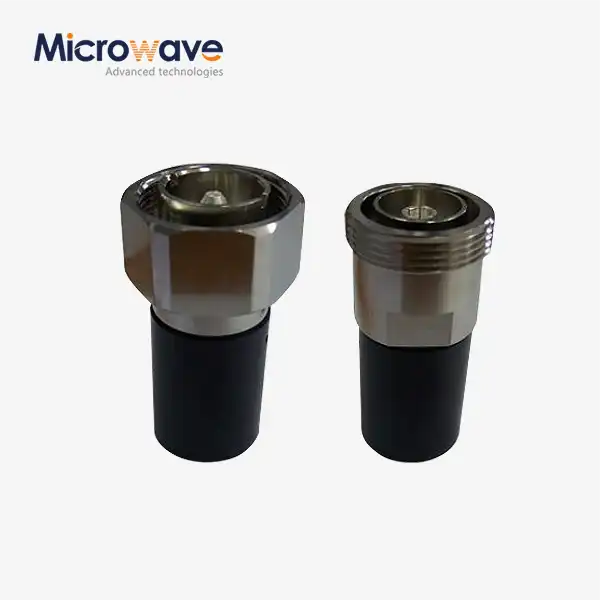
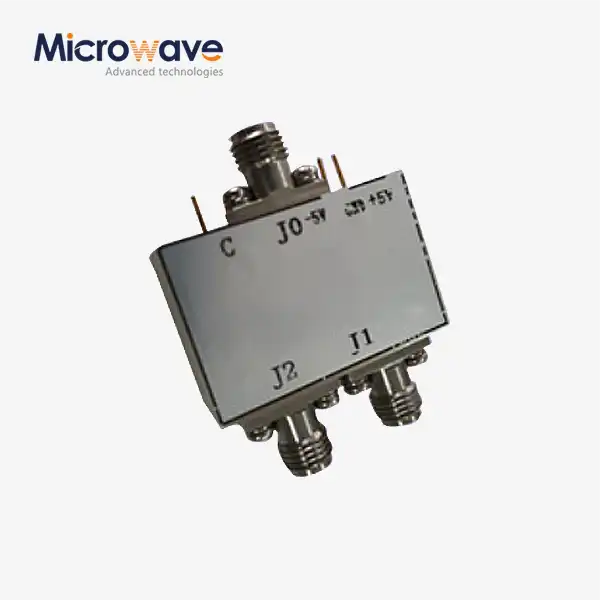
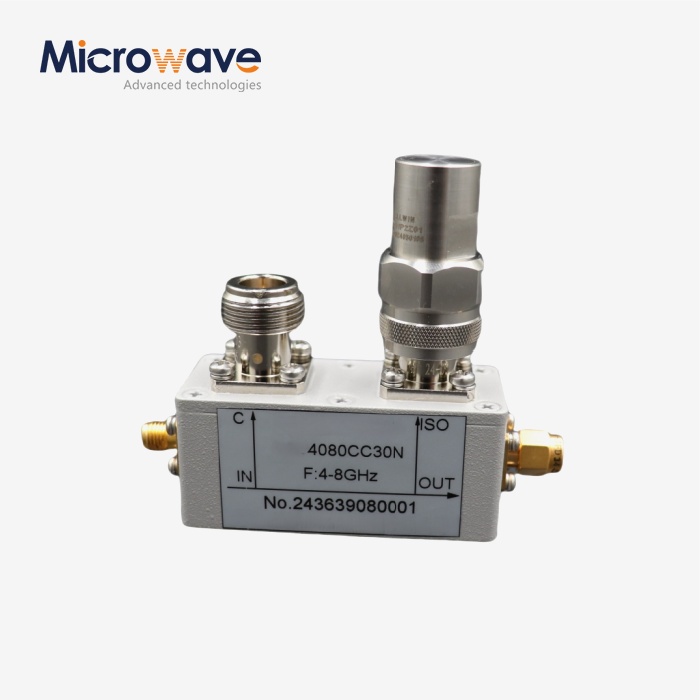
_1733738410152.webp)
